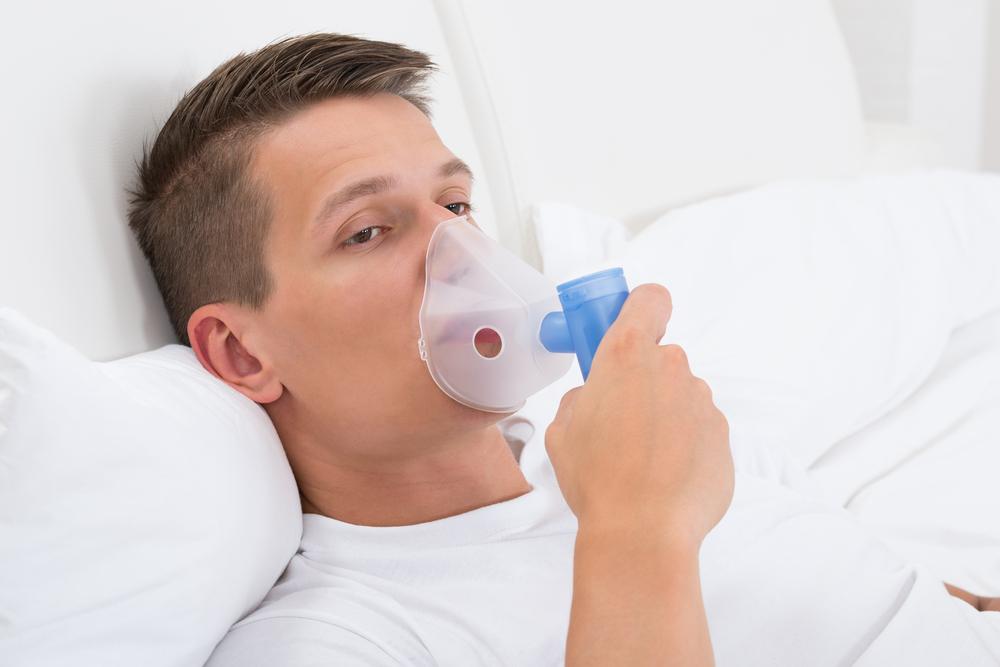Essential Guidelines for Selecting Oxygen Therapy Solutions in COPD Care
Explore comprehensive options for oxygen therapy in COPD management, including traditional tanks, liquid oxygen, and concentrators. Understand their advantages and limitations to choose the best solution for effective symptom relief and improved quality of life.

Essential Guidelines for Selecting Oxygen Therapy Solutions in COPD Care
Overview of Oxygen Therapy in COPD Management
Chronic Obstructive Pulmonary Disease (COPD) includes progressive lung disorders like emphysema and chronic bronchitis that obstruct airflow, making breathing difficult. Many patients face both conditions simultaneously, with one often worsening the other. Smoking is the leading cause, damaging alveoli and hindering airflow. Although there's no cure, oxygen supplementation alongside medications can reduce symptoms and prevent serious health issues.
Proper oxygen delivery is vital for COPD management. Three common systems are used, each offering specific benefits and challenges:
Standard Cylindrical Oxygen Tanks – These traditional aluminum cylinders store compressed oxygen under high pressure, with regulators to control flow. They require careful handling for safety.
Pros: Affordable, simple to operate, portable with smaller tanks.
Cons: Risk of leaks or explosions, large tanks can be cumbersome for travel and space at home.
Liquid Oxygen Systems – These use cryogenic technology to convert oxygen into a liquid, decreasing tank size due to higher oxygen density.
Pros: Smaller, portable tanks enhance mobility and storage.
Cons: Costly equipment, limited shelf life as oxygen evaporates, handling complexity.
Oxygen Concentrators – Electric devices that filter oxygen from air and deliver it directly, commonly used in hospitals and homes.
Pros: Cost-effective, compact, no need for refills.
Cons: Dependence on power supply, potential noise or heat generation, limited portability without power.
Choosing the appropriate oxygen therapy depends on individual preferences, lifestyle, and medical advice to effectively manage COPD symptoms.


